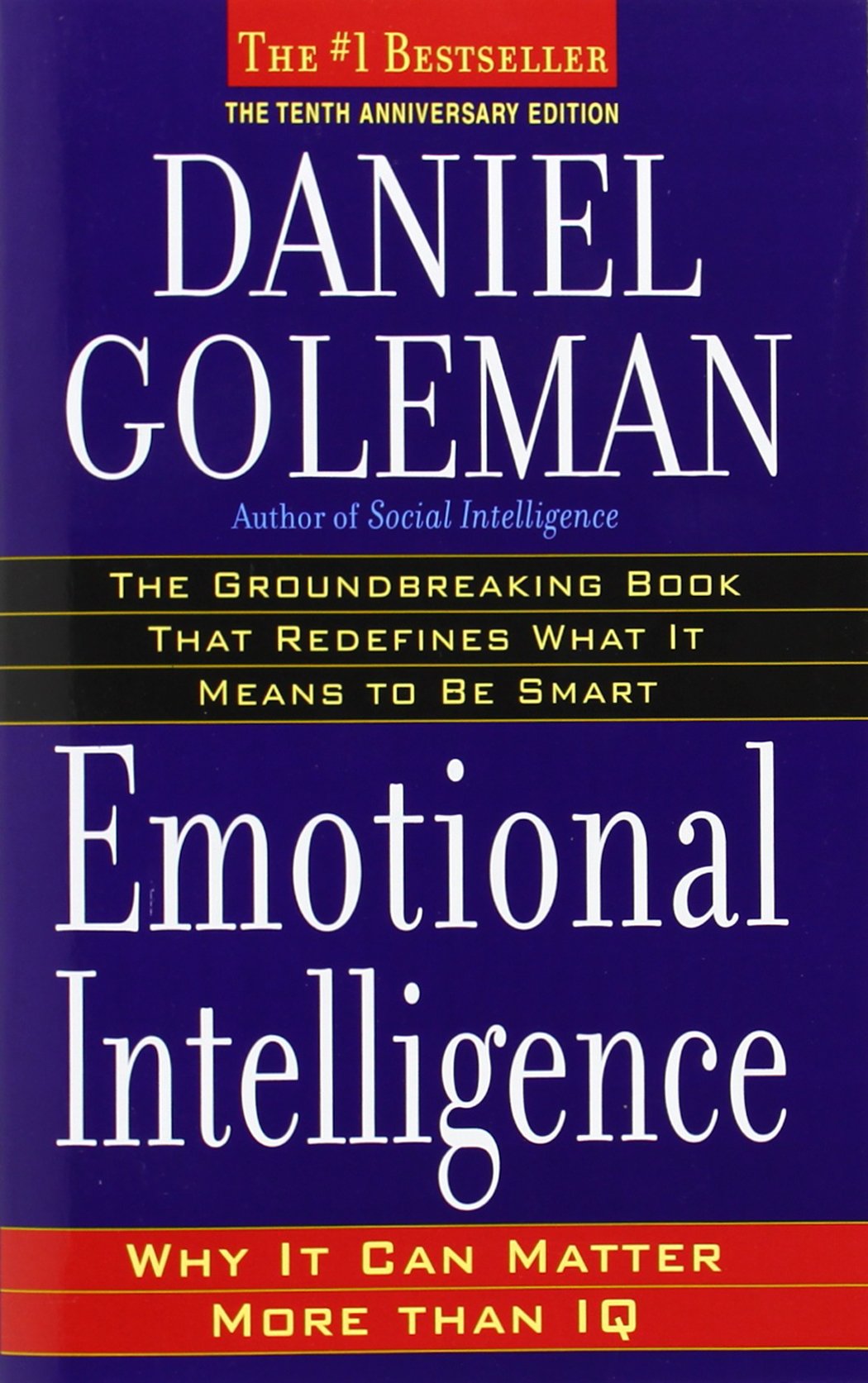In the sprawling landscape of psychology, where theories burgeon and concepts intersect, few works resonate as profoundly as Daniel Goleman’s “Emotional Intelligence.” This seminal masterpiece transcends mere academia, evoking a symphony of insight that harmonizes intellect with the emotional tapestry of human experience. To encapsulate Goleman’s ideas is akin to distilling sunlight; it’s vibrant, illuminating, and bursting with potential for transformative understanding.
At the crux of Goleman’s proposition lies a compendium of emotional acumen. He deftly dismantles the archaic notion of intelligence as a metric tethered exclusively to IQ, unraveling a more intricate schema wherein emotional intelligence (EI) occupies the echelons of critical importance. The metaphor of emotional intelligence as a compass is particularly apt; it directs us not merely on a navigational path, but toward deeper connections with ourselves and others. Just as a compass offers guidance in uncharted territories, so too does EI illuminate our interpersonal landscapes.
Goleman elucidates five cardinal components that constitute emotional intelligence: self-awareness, self-regulation, social awareness, relationship management, and motivation. To comprehend these facets is to uncover the multicolored mosaic of human interaction. Self-awareness is the keystone; it is the ability to perceive one’s emotions, strengths, and weaknesses with clarity. Goleman likens this to holding up a mirror to one’s soul, revealing the raw truths hidden beneath the surface of our daily personas.
Transitioning from self-awareness to self-regulation, Goleman introduces the concept of emotional control — a psychic bungee cord, if you will, that prevents us from being ensnared by our impulses. The narrative weaves through the implications of unchecked emotional responses, illustrating how they can wreak havoc on relationships and decision-making processes. This is the realm where mindfulness burgeons. Goleman advocates for a balanced approach, suggesting strategies that cultivate emotional resilience, shaping a narrative that favors reflection over reaction.
As we delve into social awareness, the discourse takes on a grander scope. This aspect elucidates the importance of empathy — the art of understanding and sharing the feelings of others. Goleman paints a vivid tableau of modern society, often marked by digital disconnection, and calls for a resurgence of genuine human interaction. He posits that emotional intelligence fosters an acute awareness of social dynamics, much like a maestro who attunes his orchestra, ensuring each instrument harmonizes beautifully. It becomes abundantly clear that effective communication, grounded in empathy, unravels the intricacies of human connection.
Yet, relationship management is where the symphony reaches its crescendo. Goleman presents this dimension as the fulcrum of social effectiveness, deftly intertwining emotional intelligence with leadership qualities. The efficacy of a leader, it turns out, is predicated not on their intellectual prowess but rather on their capacity to inspire and connect with others. Here, the metaphor of a gardener cultivating a flourishing garden finds its resonance; a leader who nurtures trust, fosters collaboration, and encourages growth among their team ultimately reaps a bountiful harvest of collective achievement.
Motivation, the final strand in Goleman’s tapestry, serves as the underlying current that propels individuals toward their goals. He postulates that intrinsic motivation — the internal drive fueled by passion and a sense of purpose — is far superior to extrinsic motivators. This is not merely a call to chase ambition; rather, it is an invitation to embark on a quest for meaning. Goleman emphasizes that emotional intelligence equips individuals with the fortitude to persevere in the face of adversity, propelling them to transcend ordinary expectations.
This book is not just a theoretical exploration; it is a clarion call to action. Goleman invokes poignant anecdotes and case studies that illustrate the profound impact of emotional intelligence in varied spheres — from education to corporate environments. One finds themselves enthralled by narratives that reveal how emotional intelligence can mitigate conflict, enhance teamwork, and foster a culture of compassion. These real-world applications breathe life into the abstract concept, making it palpable and relevant.
Critics of Goleman may argue that emotional intelligence is an esoteric construct, elusive in its measurement and application. However, the true genius of Goleman’s work lies in its accessibility. He manages to distill complex psychological constructs into digestible segments, facilitating a deeper understanding for the layperson. In doing so, he ignites curiosity and encourages readers to embark on their own introspective journeys, wielding knowledge as a catalyst for personal growth and societal transformation.
The allure of “Emotional Intelligence” is not confined to its scholarly merit; it resonates with the essence of what it means to be human. In a world often overshadowed by competition and individualism, Goleman reminds us of the power of connection. His exploration is akin to an invitation to a grand banquet of shared experiences, where emotional intelligence is the centerpiece — uniting us in our laughter, struggles, and triumphs. Additionally, it beckons us to cultivate our emotional gardens, nurturing our own intelligence as well as that of others.
Ultimately, Goleman’s work serves as a beacon, illuminating the path toward emotional enlightenment. It compels us to embrace empathy, foster relationships, and harness our emotional faculties for the greater good. “Emotional Intelligence” isn’t merely a book; it is a movement that fosters understanding, connection, and a richer tapestry of the human experience. As readers close its pages, they do so not just with newfound knowledge, but with a renewed commitment to engage with the world through the lens of emotional awareness.
